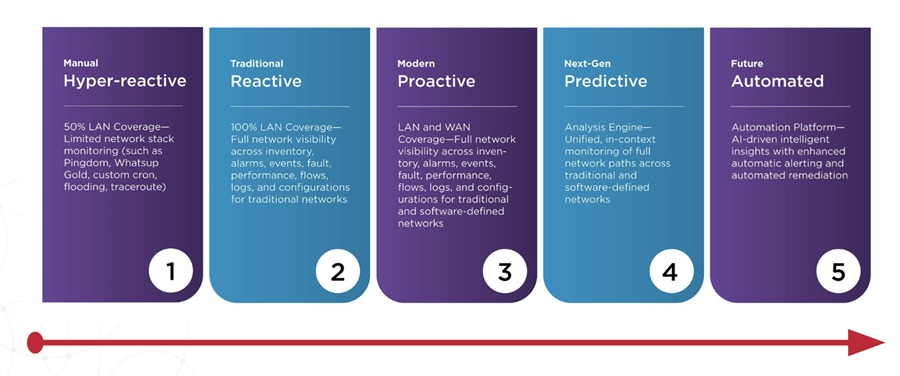
In Part 1 of APMdigest's exclusive interview, AppDynamics talks about Application Performance Management (APM), monitoring and the 2015 APM Tools Survey, conducted by Enterprise Management Associates (EMA). Bhaskar Sunkara is AppDynamics CTO and SVP of Product Management. Jonah Kowall is VP of Market Development and Insights at AppDynamics.
APM: A recent study by EMA for AppDynamics found organizations have more than 10 monitoring products. What causes this situation?
Kowall: IT is faced with many challenges and numerous technology shifts, which occur regularly. As technology evolves, management must follow. Ultimately, as vendors create technologies, it is in their best interest to attach management tools to products in order to create stickiness and enable continued adoption and growth within the organization. The proliferation of these tools has created challenges within IT as they isolate problems. These domain specific or siloed tools don’t provide the right level of cross technology visibility.
APM: What is the downside of having so many tools? Why doesn't 10x tools = 10x visibility?
Sunkara: There are several downsides to having so many tools, such as having too much data to process without having enough context. When you have 10 tools, you have to watch 10 times the metrics. Not only is this ineffective, but it also doesn’t help determine the user experience is, as it doesn’t tie back.
Kowall: Ultimately, IT needs to better align to the business. The business consumes apps, not infrastructure. If monitoring and visibility provides businesses with infrastructure metrics and depth, you are not going to have the alignment with your business. IT organizations are realizing this and shifting spending away from infrastructure-centric tooling and visibility towards users and applications in order to meet business demand.
APM: What is the ideal number of tools?
Kowall: Ideally, you should not be focused on reducing the number of tools, but more importantly on building tools which have context back to that user and application. Today, companies need at least a dozen tools, unfortunately. AppDynamics can replace a lot of fragmented tools across APM, end user experience monitoring, synthetic transactions, server monitoring, database monitoring, and more. Over time, our goal is to replace even more tooling with our unified monitoring software, which is a single user interface, a single install, and is the same software deployed SaaS or on-premises.
APM: How does an IT organization go from 10+ tools to a tighter selection?
Sunkara: The key is to start looking at how to streamline workflows. If you have an alerting workflow with your application and your infrastructure is unhealthy, start pushing alerts based on metrics from one common console to start consolidating. Most tools have some sort of overlap, so the next thing you should be focused on is figuring out where to start removing overlap. Be aware that teams will want to hang on to their tools, so you’ll need to make choices and understand advantages of the innovative tools versus legacy offerings. By being conscientious and working on consolidation, you’ll be able to streamline and cut down on workflows.
APM: The same report said that MTTR still takes many organizations several hours, with multiple people working on the issue. What are they doing wrong?
Kowall: This goes back to same issue around context. Each silo has its own view of a specific sliver of the application or infrastructure. Problem isolation takes far too long and the result is extended amounts of downtime. The two most recent occurrences with widespread press include the United Airlines and New York Stock Exchange outages. Each example resulted in multiple hours of downtime to isolate the issue and correct it. For United, the impact of its outage included hundreds of canceled and delayed flights — and thousands of upset passengers. NYSE’s issues impacted billions of trades, which could not be executed, as well as brand damage and upset customers.


